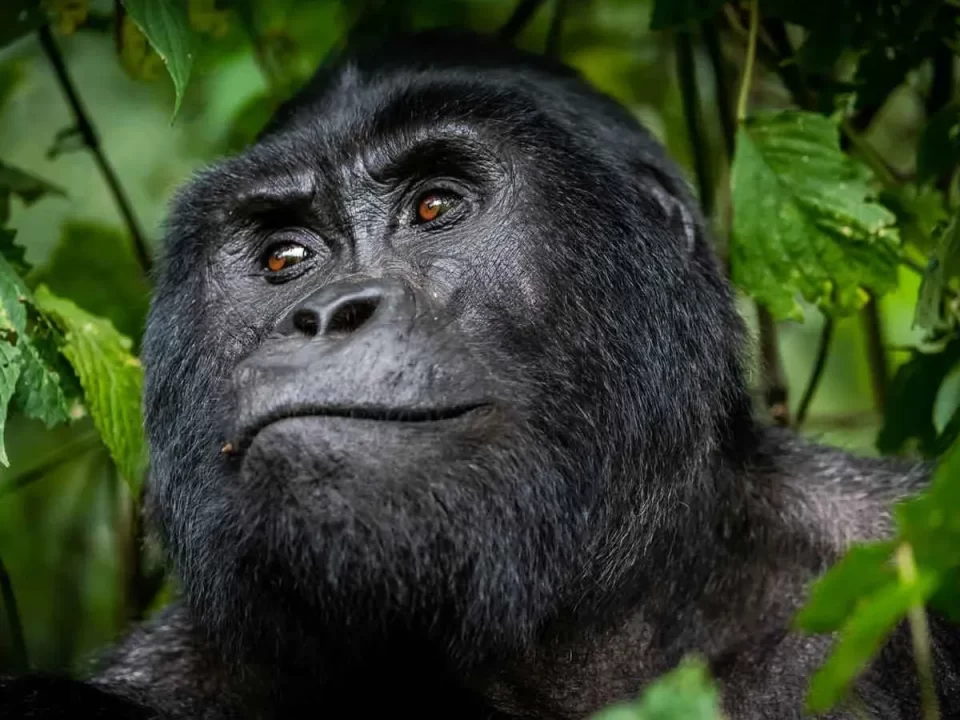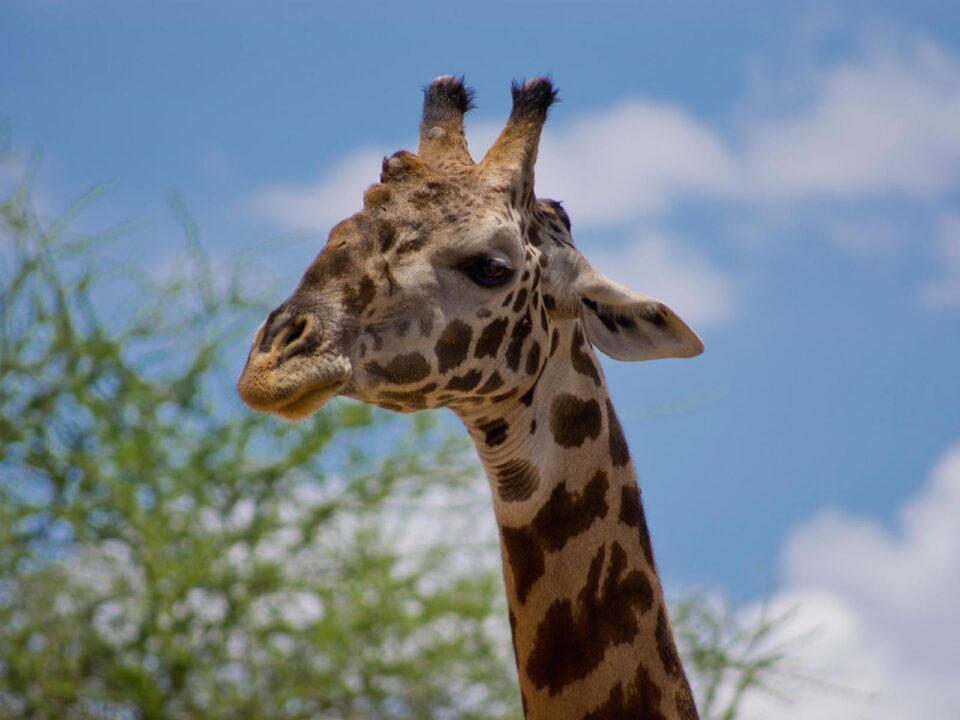Best time to Visit Africa

Adventurous Fishing Trips in Uganda
January 12, 2024
Best Time to visit Amboseli National Park
January 12, 2024Best time to Visit Africa: Wildlife Safari & Beach Bliss
Determining the best time to visit Africa is an exciting prospect that involves navigating diverse climates, wildlife movements, and stunning landscapes. Whether you seek the thrill of a wildlife safari or the relaxation of a beach holiday, Africa offers a year-round tapestry of experiences. The continent unfolds its wonders from South to East to North, inviting travelers to witness exceptional natural phenomena.
Choosing the Best time to Visit Africa
Africa’s allure lies not only in its captivating wildlife but also in its varied landscapes, ranging from pristine beaches to expansive savannahs. While a beach holiday is a possibility year-round, the prime focus for many is the extraordinary wildlife safaris that showcase Africa’s unique biodiversity. Kruger National Park, situated in Southern Africa, boasts optimal game viewing during the dry winter season from May to October. Conversely, East Africa steals the spotlight with the Wildebeest Great Migration, an awe-inspiring spectacle best observed from June to September. For those with a penchant for gorilla trekking in Uganda and Rwanda, the cooler months of January-February and June-September are recommended.
Navigating the Seasons in Southern Africa
Southern Africa, encompassing South Africa, Namibia, and Botswana, offers a dynamic landscape for wildlife enthusiasts. The cool and dry months from July to October or early November in Namibia provide a favorable environment for wildlife congregating around waterholes. However, this period tends to witness higher tourist activity, especially in popular spots like Kruger National Park. The green season, occurring from November to March, witnesses wildlife dispersion, making sightings more challenging but introduces a higher presence of young animals.
For those aspiring to explore Cape Town, the dry spell from November to March is ideal, offering a respite from rain. Zambia and Malawi present their best face from late May to November, coinciding with decreasing water levels and pleasant spring temperatures, perfect for immersive walking safaris. The rainy months of March to May may lead to temporary closures of accommodations in remote areas.
Navigating Ethiopia’s Varied Terrain
Ethiopia, with its diverse landscapes, demands careful consideration of timing. Optimal months for exploration span from September to April, with September to October offering a fresher and greener landscape. Trekking enthusiasts should steer clear of mountain regions during the long wet season, characterized by rain from June to October. The Bale Mountains experience particularly challenging conditions, with clouds and fog obscuring the stunning views. August emerges as the coolest and wettest month.
Embarking on East African Adventures
Kenya and Tanzania beckon with the highlight of the Great Wildebeest Migration, captivating audiences from July to October. While wildlife is present year-round, the long rainy season from March to May poses challenges, with wildlife dispersal and obstructed visibility. Nevertheless, budget-conscious travelers may find attractive deals during this period. Kilimanjaro hikes are cautioned against during the rainy season, and coastal areas may experience heavy afternoon downpours. Certain lodges in southern Tanzania may close temporarily in the rainy season.
Planning Around Madagascar’s Climate
Navigating Madagascar requires consideration of cyclone patterns. February sees cyclones hitting the region, prompting avoidance during January and even March for a safer experience. The period from October to December marks baby lemur season, presenting an appealing alternative.
Experiencing North African Wonders
Spring and autumn emerge as the ideal seasons for walking and cycling holidays in Morocco, with dust storms in the desert expected from February to April. Midsummer ventures into the Sahara are discouraged, with coastal temperatures offering a more pleasant experience.
Africa’s vastness introduces varied weather patterns, with Southern Africa experiencing rainy seasons from late November to March, while East Africa witnesses two dry and two wet seasons. Southern hemisphere seasons shape Southern Africa, marked by spring, summer, autumn, and winter. The pivotal Great Wildebeest Migration, an iconic wildlife event, unfolds in East Africa, with the Serengeti National Park and Masai Mara Wildlife Reserve forming the backdrop for this spectacle. The optimal times for witnessing this migration vary, with the Serengeti National Park offering prime viewing at the beginning of the year, while the Mara River crossing spectacle occurs from August to October, subject to annual variations.




